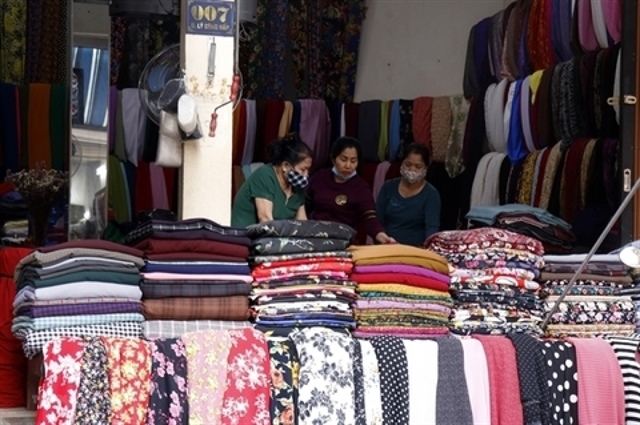Understanding 46% tariff on Vietnam: Key points for investors
Understanding 46% tariff on Vietnam: Key points for investors
After the U.S. announced a 46-percent tariff on goods from Vietnam, many local investors voiced concerns, worrying that the tax would apply to all goods, while some mistakenly believed that Vietnam's tariff rate is higher than China's. To avoid unnecessary confusion, it is important to clarify how this tariff works.

It is necessary to understand the details of the U.S. retaliatory tariff correctly to avoid misunderstandings and unnecessary worry. Photo: AI / Binh Khanh |
Investment advisor Nguyen Quoc Tuyen explained that the U.S. applies two types of tariffs, including the base tariff (floor tax) and reciprocal tariff (ceiling tax).
The base rate, which is imposed on imports from all countries to the U.S., stands at 10 percent.
On the other hand, the reciprocal tariff is the highest possible import tax imposed on a specific country's goods based on the U.S. trade deficit with that nation.
This tariff replaces the base tariff for that country.
For Vietnam, the 46-percent tariff is the highest possible rate the U.S. could impose.
However, this is not set in stone, and it may change after negotiations, as the tariff will only take effect on April 9.
The math is to take half of the U.S. goods trade deficit with a country, divide it by that country's exports to the U.S. to produce the reciprocal tariff.
This calculation has led to confusion among investors who mistakenly thought Vietnam was imposing high tariffs on American goods, leading to the retaliatory 46-percent tax from the U.S..
At a press briefing on Thursday, the Ministry of Finance stated that it was reviewing all import and export items to determine why such a high tariff is being applied.
The ministry cited a recent report from the Office of the United States Trade Representative as saying that Vietnam’s average import tariff was only 9.4 percent, with most U.S. exports to Vietnam subject to tariffs of 15 percent or less.
Vu Duy Khanh, director of analysis at Smart Invest Securities JSC, said that not all goods will be subject to the reciprocal tariff according to the United States’ announcement.
Certain items, which are subject to tariffs under Section 232 of the Trade Act of 1962 , or are not available in the U.S., will be excluded, such as steel, aluminum, autos and auto parts, pharmaceuticals, and some rare minerals.
Vietnam, in comparison to other major exporters, faces tariffs about 10-20 percent higher, with electronics, textiles, footwear, and seafood expected to be among the hardest-hit, Khanh said.
Tuyen also pointed out that some industries may also experience indirect effects, such as the industrial real estate sector, which may face challenges in attracting foreign investment.
Another common misunderstanding is that Vietnam faces higher tariffs than China, said the expert.
In fact, the reciprocal tariff for China is combined with the previous 20-percent tariff, bringing the total to 54 percent, higher than Vietnam's 46-percent.
However, it is important to note that Vietnam’s tariff is still among the highest, only lower than Cambodia’s (49 percent), and Laos’ (48 percent).
Meanwhile, Vietnam faces higher tariffs than key competitors like Bangladesh (37 percent), Thailand (36 percent), Indonesia (32 percent), Pakistan (29 percent), India (26 percent), Malaysia (24 percent), and the Philippines (17 percent).
Tuyen said that the United States’ tariff calculation was based on the trade deficit figures for 2024, calling on local firms to wait for the outcome of negotiations between the Vietnamese government and the U.S..
Vietnam has already taken actions to address the trade imbalance, including reducing import tariffs on U.S. goods like liquefied natural gas from five percent to two percent, cars from 64 percent to 32 percent, and ethanol from 10 percent to five percent.
Should investors try to catch stock market bottom
Following a volatile trading session on Thursday, many securities companies predicted the benchmark VN-Index would continue to decline in the coming days, with potential losses ranging from 40 to 60 points.
One expert warned that widespread call-margin risks, due to the record-high margin loans in the market, could cause more negative impacts if the market experiences a sharp correction.
Instead of rushing to catch the bottom, investors should observe the situation more closely and adopt a more strategic approach.
- 11:30 05/04/2025




























